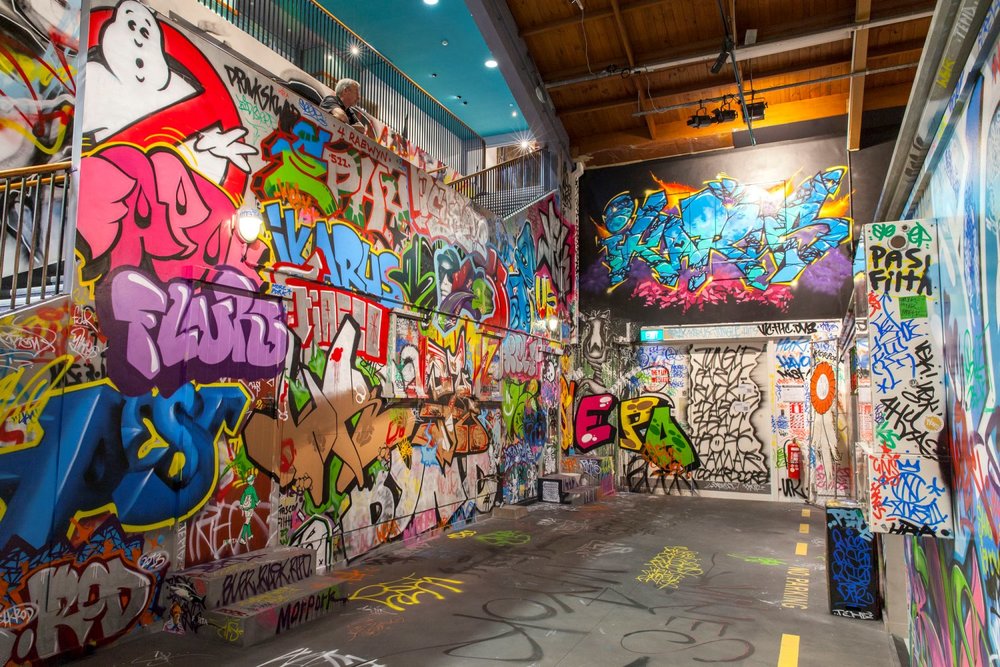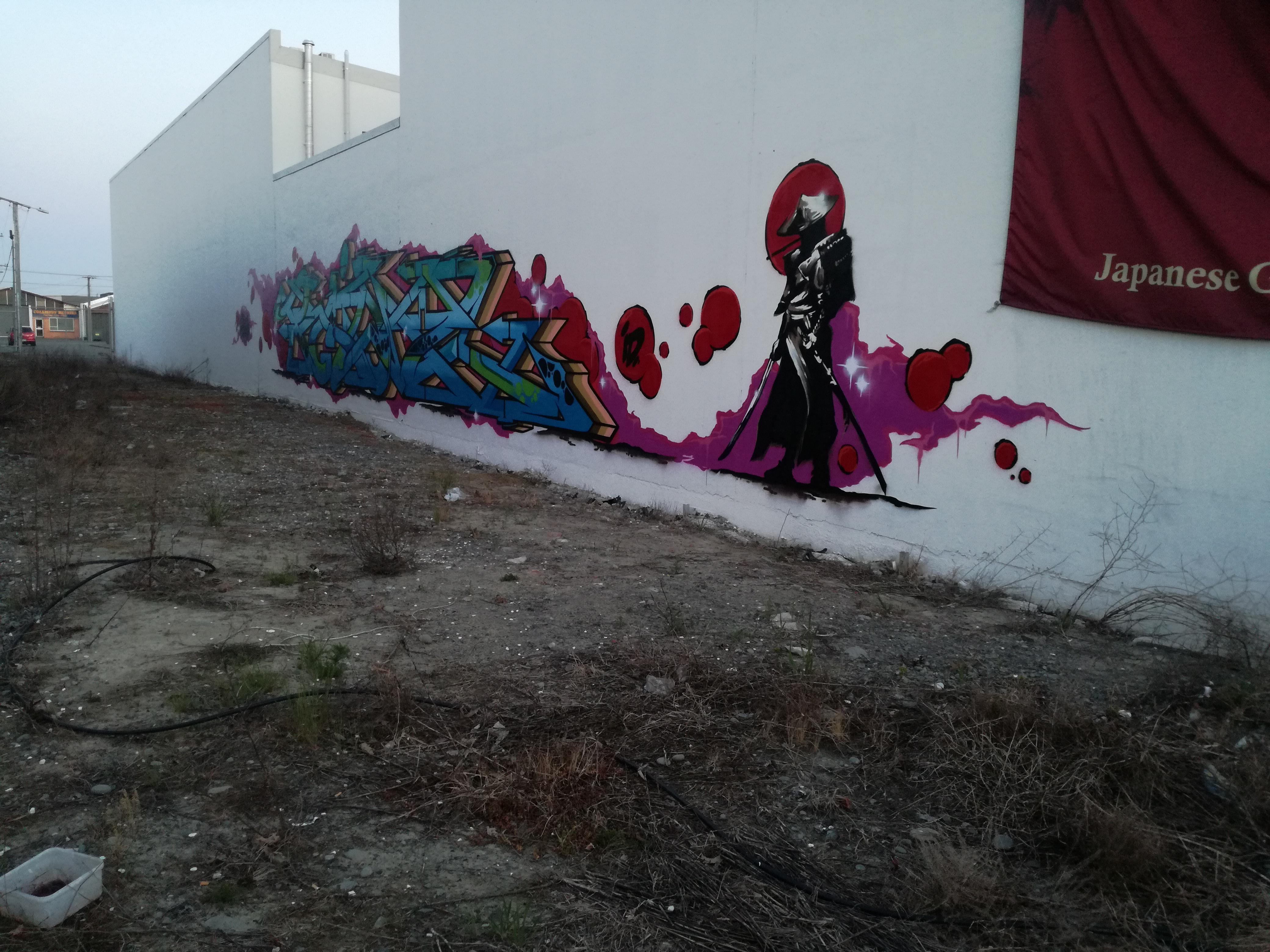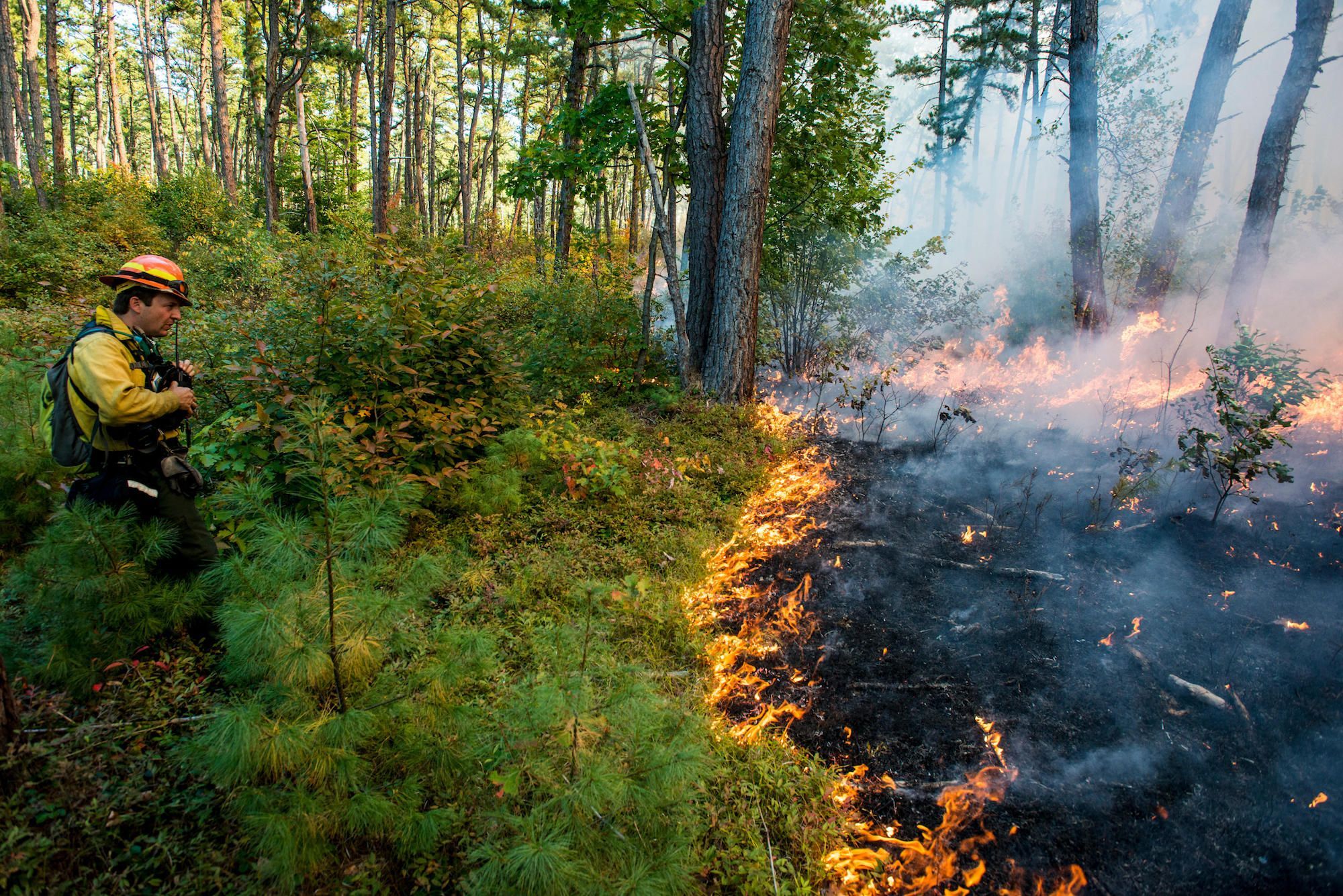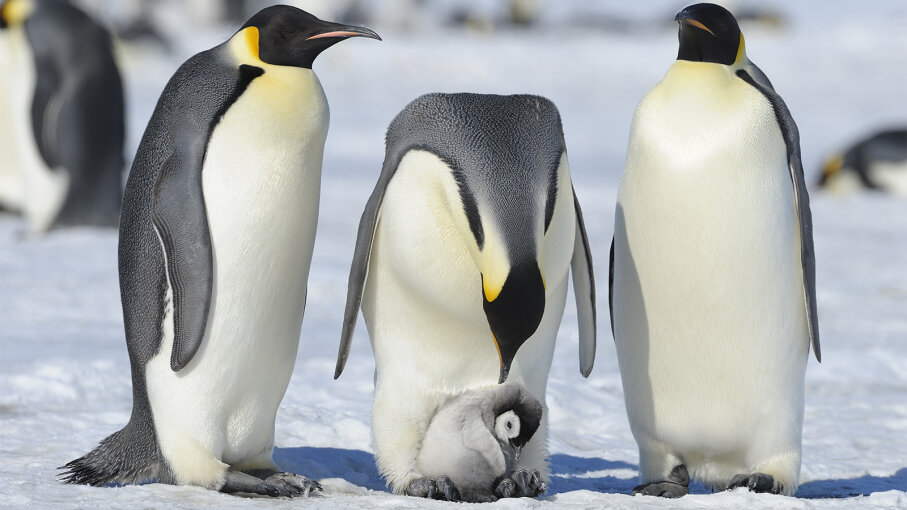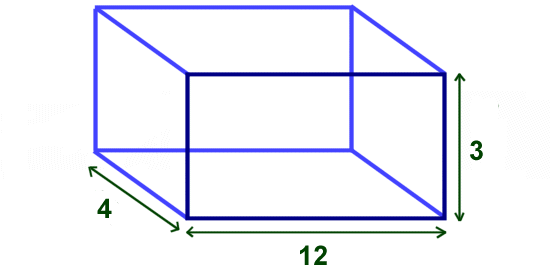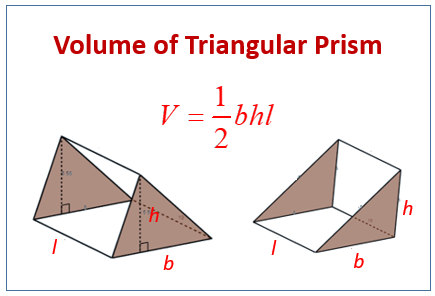Antarctic Center Trip
Two weeks ago on Friday, September 4th, our year 10 ESOL class went on a class trip to the Antarctic Center to learn more about Antarctica for our class studies.
At our arrival at the Antarctic Centre, at 9:00 o'clock, our class was introduced to a person called Jane. She was one of the staff that worked there and she was the person who was in charge of our class. We then went to the workshop to learn and to see what Antarctica is like. She explained a bunch of facts to us like the race to Antarctica, which involved two men: Robert Falcon Scott who was a British explorer, and Roald Amundsen who was a Norweigan explorer. We also learned facts about Huskies.
After the workshop ended, we got on the Hagglund. Hagglunds were built for the Swedish Army and were first used in Antarctica in 1974. The Hagglunds weigh 4330 kg. The Hagglunds surprised me that it can move over different obstacles such as climbing steep mountains, floating on water, and has a good balance despite it being a heavy vehicle. The Hagglund experience was really fun especially when there were a bunch of bumps on the road and it would rock us inside.
Then, we met the Little Blue Penguins. They were the smallest species of penguins and their lifespan is six years. We watched the little blue penguins being fed fish and we learned that the oldest penguin that they had was about 25 years old, which surprised me since they only live up to 6 years! Currently, their oldest penguin is 17 years old. The penguins were small and cute but they were really fast in the water. The Little Blue Penguin viewing was short but I had fun looking at them.
Next, we went to the 4D movie experience. A 4D movie is combining a 3D film with physical effects. The movie we watched was called 'Ice Voyage'. It was about a cruise to Antarctica, roaming around and exploring the beauty of the continent. The movie showed us the ice, wildlife, and the landscape. When I was watching the movie, it really made me feel that I was in Antarctica, thanks to the 3D and special effects. After we watched the movie, I felt that Antarctica is a beautiful place and I hope that we can protect it as it is one of the most peaceful places on the whole planet.
Following the movie, we had free time. For our free time, my three classmates Myka, Jhermaine, and Faith, decided to roam around the exploration gallery and ate at the cafeteria after. We didn't really do much but talk and eat. Because it was Faith's birthday, we ate the chips she brought for us. They were really delicious and burnt my fingers a little because they were hot.
After we filled our stomachs, we went to the Storm Room. Before we got there, I saw two of my classmates doing the ice-cold challenge. I heard one of them stayed there for a while but I don't remember the amount of time they had their arm in there. Later we were told to put on shoe covers so that we wouldn't slip on the ice. When we went into the storm room, we saw a room full of ice and snow. It had an igloo that we could enter and two snow-mobiles that we could ride on. After a few minutes, the storm room went dark and the speaker announced that there would be a storm, and everyone started to huddle together and go in the igloo for warmth. Then the storm finally arrived. Gusts of wind enveloped the room and it was cold. The maximum wind speed of the storm was 42 km and the lowest temperature was negative eight degrees. I was wearing a mask and a jacket to keep me warm. Even so, I was still cold since my socks were short and I could feel the sharpness of the wind on my legs. Although it hurt a little, it was bearable. We stayed there for about eight minutes and later left the storm room. We were told that that was only the summer temperature, which really surprised me because I felt like I was in the freezer.
Lastly, we went back to the exploration gallery to finish our workbooks. When we entered the gallery, the first thing you would first notice the huge globe that rotates and was projecting something underneath it. . As we went in farther, we separated and some of us decided to be in groups to research what we found interesting. I had a little free time in the end so I decided to buy a tiny whale keychain plushie from the souvenir shop to hang on my bag.
Unfortunately, the time to leave has come. At 12:45 the taxi vans have arrived to pick us up and arrived at school at 1:00 pm.
Although the trip was short and the huskies weren't there, the whole experience was really fun! Especially because it was my first time coming to the "Antarctic Centre". It was really interesting learning more about Antarctica through this trip and I definitely would want to come back and meet the huskies once Covid 19 is gone.

















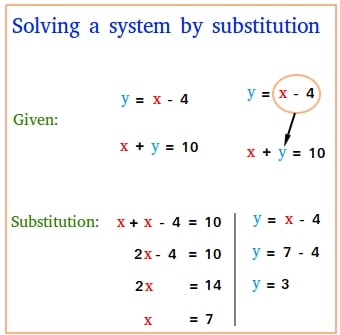

/animator-career-information-525982-FINAL-37285936a2354c07a53a69af0d0cbcfc.gif)






